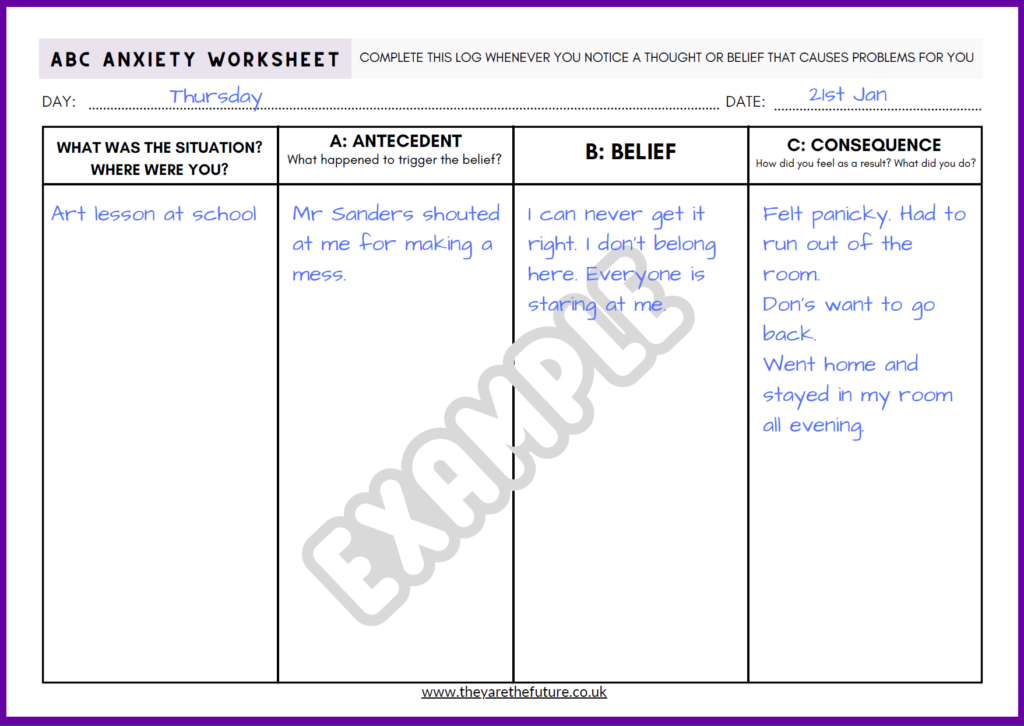When it comes to cognitive-behavioral therapy (CBT), one of the most commonly used tools is the ABC worksheet. This worksheet helps individuals identify their thoughts and feelings in response to a specific situation, and understand how these thoughts can influence their emotions and behaviors. By breaking down the ABCs (activating event, beliefs, and consequences), individuals can gain insight into their thought patterns and learn to challenge and change negative beliefs.
The ABC CBT worksheet is a valuable tool for therapists and clients alike, as it provides a structured way to explore and address cognitive distortions and irrational beliefs. It can be used to tackle a wide range of issues, from anxiety and depression to relationship problems and stress management.
ABC CBT Worksheet
1. Activating Event: This is the situation or event that triggers a reaction. Clients are encouraged to describe the event in detail and identify their initial thoughts and emotions.
2. Beliefs: In this section, individuals are asked to identify the beliefs or assumptions that influenced their emotional response to the activating event. These beliefs are often based on past experiences, personal values, or cognitive distortions.
3. Consequences: Finally, clients are prompted to reflect on the consequences of their beliefs and emotions. This can include the impact on their mood, behavior, and relationships. By examining the consequences, individuals can see the connection between their thoughts and actions.
By completing the ABC CBT worksheet, clients can gain a better understanding of their thought patterns and learn to challenge negative beliefs. This process can help individuals develop healthier coping strategies and improve their overall well-being.
In conclusion, the ABC CBT worksheet is a powerful tool for promoting self-awareness and facilitating change. By breaking down the ABCs, individuals can uncover the underlying beliefs that drive their emotions and behaviors. With the support of a therapist, clients can learn to challenge and reframe negative thoughts, leading to more positive outcomes and improved mental health.
